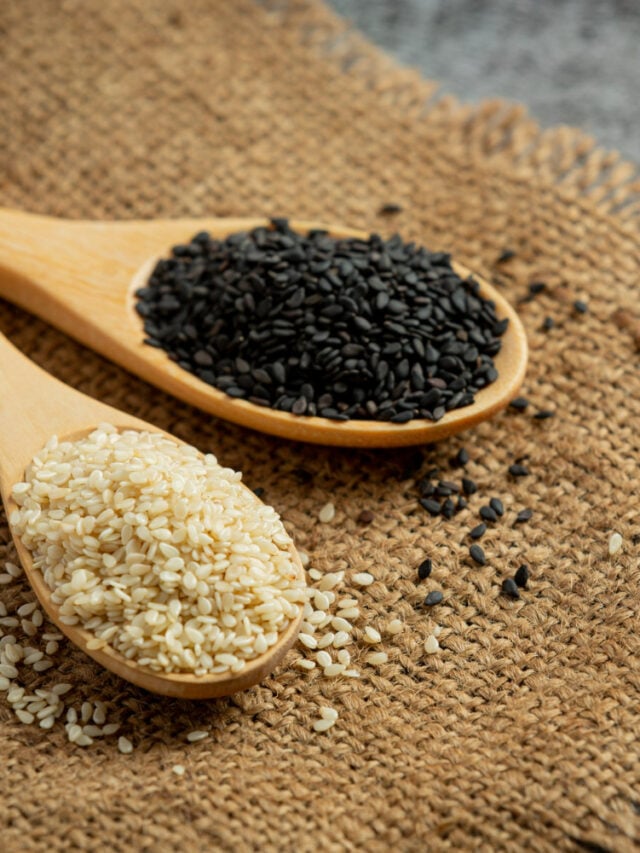NEW DELHI/ISLAMABAD. Unlike in June, South Korea purchased the full quantity issued in the current tender. However, this had no effect on prices in the Indian sesame seed market.
Around one third each from Pakistan and India
🌱 Current Yield Trends in Pakistan
🔍 Growth Drivers & Opportunities
- Expanded acreage & better seeds
Improved certified seed use, extension services, crop rotation, and fertilization have fueled productivity gains Reddit+7pod.gov.pk+7FAOHome+7. - Export-friendly demand
Crisp export performance—from USD 89 million in 2020 to over USD 407 million in 2023—has provided strong incentives for farmers, with China absorbing over 80% of exports agrihunt.com+15homelandcommodities.com+15Reddit+15.
⚠️ Challenges Ahead
- Declining Chinese demand & price drops
By late 2024, exports to China fell by ~53%, and farm gate prices dropped from PKR 20,000/maund (~Rs 18 000–20 000) to ~Rs 12 000–13 000, impacting profitability and incentivizing crop switching Reddit+1Reddit+1Financial Times. - Quality standards pressures
Exporters are urged to enhance seed cleaning and residue compliance for high‐end markets (e.g. South Korea, Japan, EU)—lower‐grade seeds no longer find easy buyers in major markets like China Reddit+5Financial Times+5Reddit+5. - Climate & pest risks
Sesame is vulnerable to monsoon irregularity, drought, and waterlogging. Pests like aphids and whiteflies pose yield threats. Rising temperature stress can also limit expansion, especially under less resilient traditional varieties Reddit+3Bio Hunza+3Reddit+3. - Huge yield gap exists
While national yields hover around 750 kg/ha, leading global producers reach over 1,000 kg/ha or more, and local R&D suggests genetic potential up to 2,000 kg/ha ictagrisindh.gov.pkWikipediaFAOHome.
📈 Prospects & Outlook
- Although Pakistan remains the 5th-largest global exporter in 2023, volatility in demand and stiff competition from countries like Brazil and Niger pose uncertainty to future profits Financial Times+1PID+1.
- Yield potential exists: scaling up to ~1,000 kg/ha is feasible with improved management and modern seed varieties. Going further (toward 2,000 kg/ha) will require investments in R&D and mechanization ictagrisindh.gov.pkFAOHome.
- Retail shift to value-added: To avoid commodity pricing cycles, Pakistan is exploring processing (e.g. tahini, roasted seeds), nano-packaging, and export to premium regional markets Wikipedia+8Reddit+8Reddit+8.
✅ Summary Table
| Area | Status / Trend |
|---|
| Sesame yield (2023 est.) | ~750 kg/ha |
| Yield growth since 2019 | +69% under NOEP |
| Cultivation area | 399,493 ha in 2023–24 |
| Export earnings (2023) | ~USD 407 million |
| Main Market | China (>80% share) |
| Key risks | Price instability, climate & pests, quality mismatch |
| Upside potential | Improved genetics, global market diversification, downstream processing |
🔮 Final Perspective
If government support continues—through seed quality upgrades, better irrigation, pest control, and value addition—and exporters diversify into premium markets, Pakistan can sustain and even accelerate yield and export gains. However, farmers will need consistent price signals and market certainty to stay motivated in the face of increasing global competition. Let me know if you’d like specific projections on yields, investment return models, or comparative analysis with competing sesame exporters!





